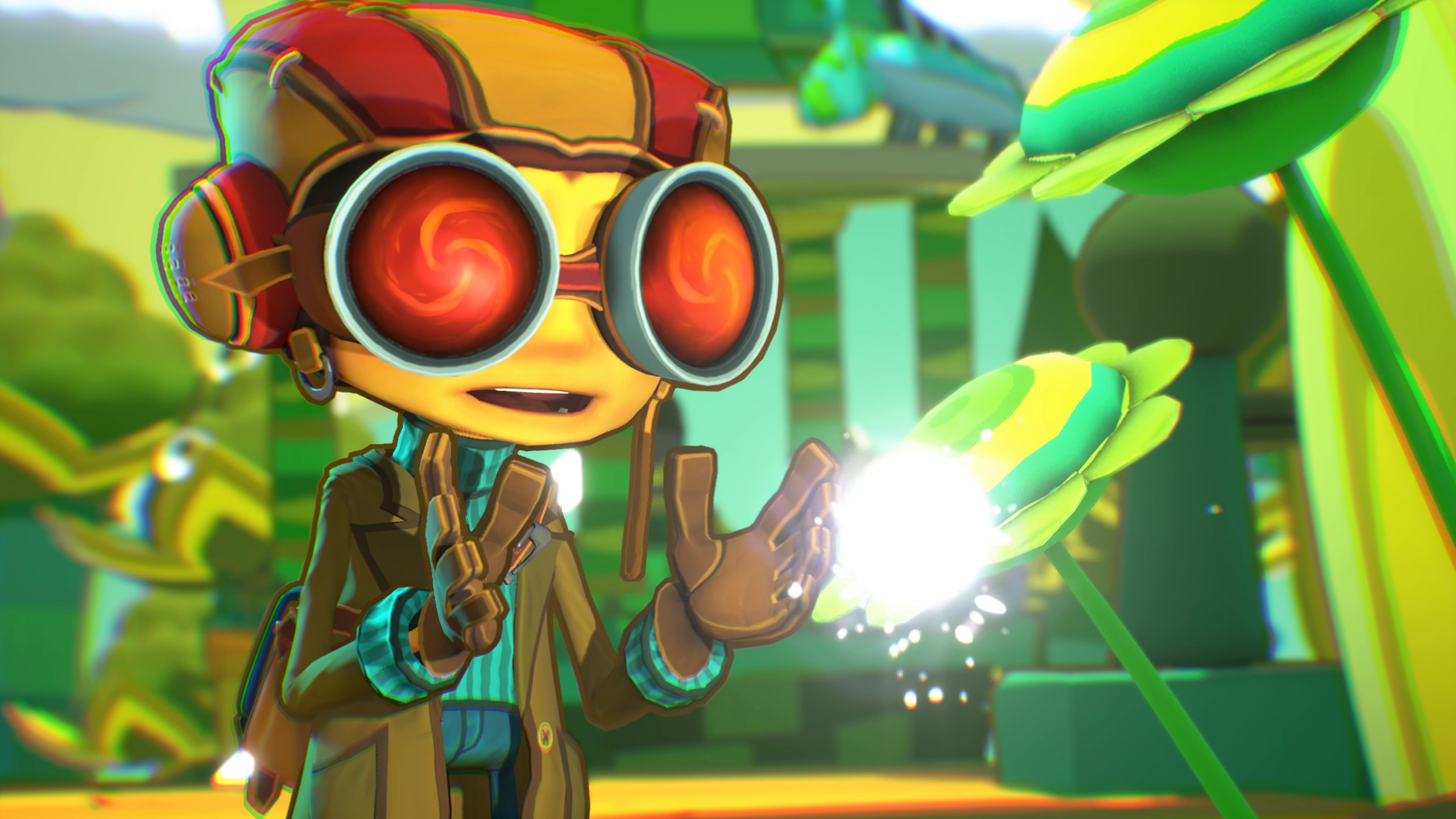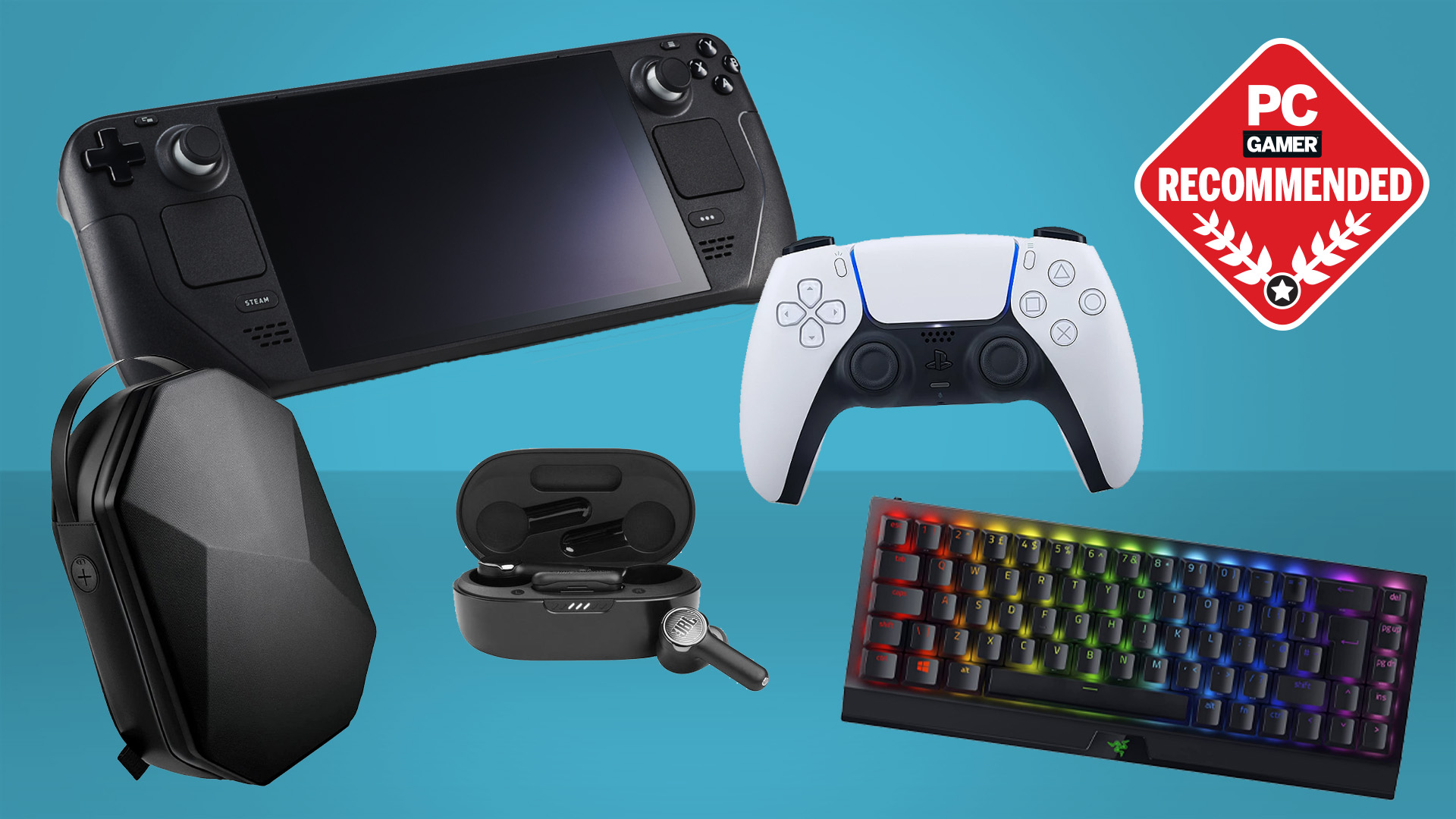Teeny tiny, almost wearable brain-computer interface gets 'closer to the source of the signals' by fitting between hair follicles and only lasts between six and 12 hours
Walk, run, wave your arms about, all while scrolling online.

Brain Computer Interfaces, or BCIs are futuristic devices that do exactly what it says on the tin; Allow a brain to interface directly with a computer. While this may sound like pure science fiction, it's actually even better, it's science fact. BCIs are being used all the time to help aid people in all sorts of ways. One BCI might be used to help a paralyzed user navigate their phone and talk to loved ones by monitoring brave waves, another may help an amputee use their prosthetic limb, while others might just monitor brain waves for research purposes. Now one team at Georgia Tech has managed to further the use of BCIs by developing new tiny interfaces that can be inserted between hair follicles.
While BCIs are already well and truly out there and established, they could still be better. One of the biggest hurdles BCIs face is finding the balance between being a robust piece of tech that can effectively monitor and translate brain signals, with being something fairly inobtrusive a user can wear.
This becomes especially important as tasks become more intense. A test requiring a user to move around while still having some sort of brain reading probe will need something much lighter than those restricted to hospital beds. That's where devices like this tiny new BCI come in.
Rather than having to wear a large headset or go through some intrusive surgery, these BCIs are designed to be minimally invasive while still giving an excellent connection. This method uses the latest micronoodling technology to painlessly place the tech just under the skin between hair follicles. Each sensor, plus accompanying flexible cables, fits in a package under one millimetre in size, allowing for this minimally invasive technique.
"I started this research because my main goal is to develop new sensor technology to support healthcare and I had previous experience with brain-computer interfaces and flexible scalp electronics," says Hong Yeo, who is also a faculty member in Georgia Tech's Institute for People and Technology.
"I knew we needed better BCI sensor technology and discovered that if we can slightly penetrate the skin and avoid hair by miniaturizing the sensor, we can dramatically increase the signal quality by getting closer to the source of the signals and reduce unwanted noise."
So far studies of the device appear promising. In tests the connection to the device lasted for up to 12 hours. During this time users were able to walk, run, and generally participate in every day activities all while still being able to use the BCIs. Even during activity the BCIs were able to determine what the users eyes were focussing on, allowing them to use an AR interface to control their phones all without lifting a finger.
The biggest gaming news, reviews and hardware deals
Keep up to date with the most important stories and the best deals, as picked by the PC Gamer team.
This could help usher BCIs beyond just the niche health applications and into the general tech world. As I write this I'm sitting on a plane and using my brain to check my phone, or change the music I'm listening to, sounds mighty appealing over digging through my seat pocket to find it.
With BCIs like this one we could see a truly hands free future coming to phones, general computing, and even gaming. I can't wait to stare off into the feed like a character from Murderbot, and doomscroll on the corporation rim.
Best SSD for gaming: The best speedy storage today.
Best NVMe SSD: Compact M.2 drives.
Best external hard drive: Huge capacities for less.
Best external SSD: Plug-in storage upgrades.

Hope’s been writing about games for about a decade, starting out way back when on the Australian Nintendo fan site Vooks.net. Since then, she’s talked far too much about games and tech for publications such as Techlife, Byteside, IGN, and GameSpot. Of course there’s also here at PC Gamer, where she gets to indulge her inner hardware nerd with news and reviews. You can usually find Hope fawning over some art, tech, or likely a wonderful combination of them both and where relevant she’ll share them with you here. When she’s not writing about the amazing creations of others, she’s working on what she hopes will one day be her own. You can find her fictional chill out ambient far future sci-fi radio show/album/listening experience podcast right here. No, she’s not kidding.
You must confirm your public display name before commenting
Please logout and then login again, you will then be prompted to enter your display name.


